Add InstantSearch and Autocomplete to your search experience in just 5 minutes
A good starting point for building a comprehensive search experience is a straightforward app template. When crafting your application’s ...
Senior Product Manager
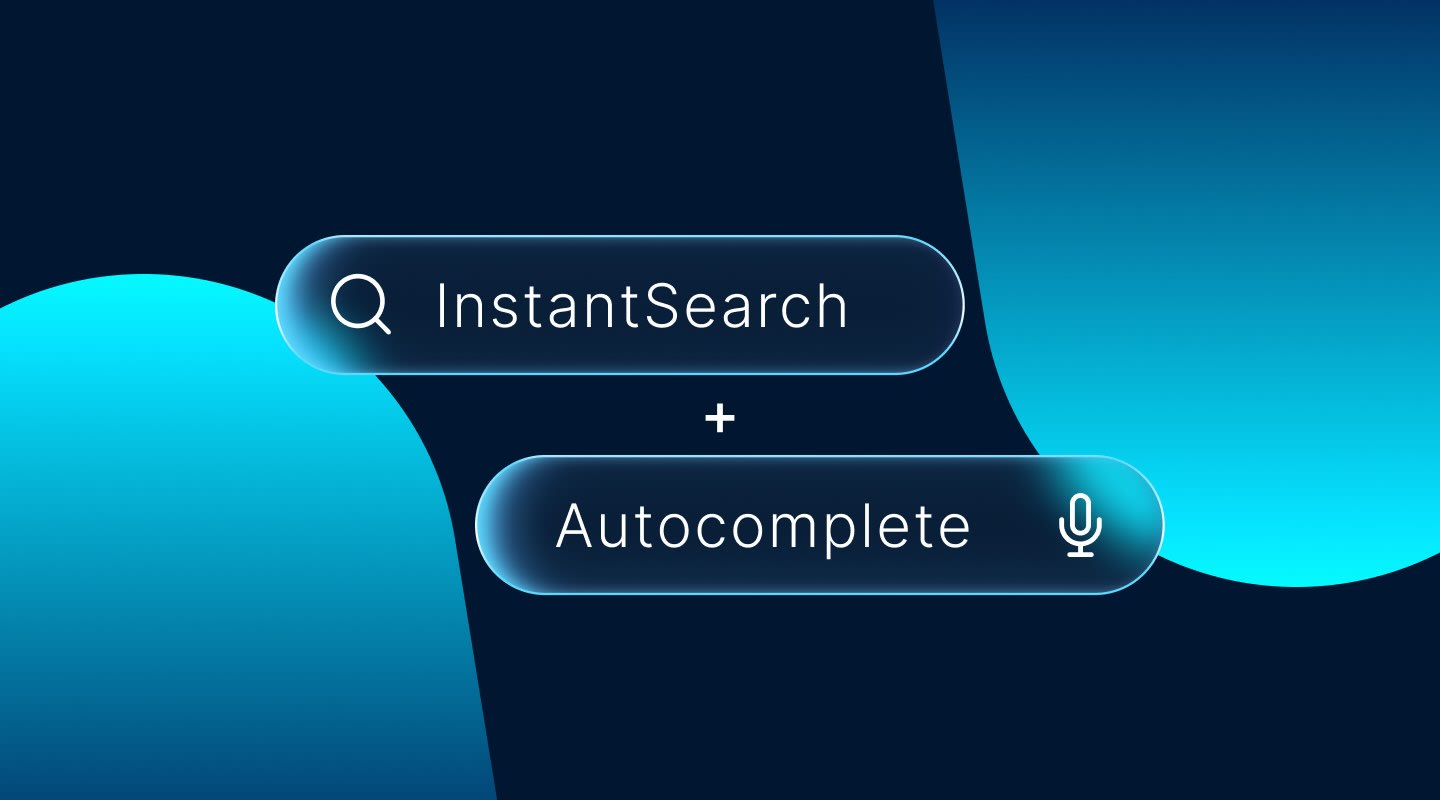
A good starting point for building a comprehensive search experience is a straightforward app template. When crafting your application’s ...
Senior Product Manager
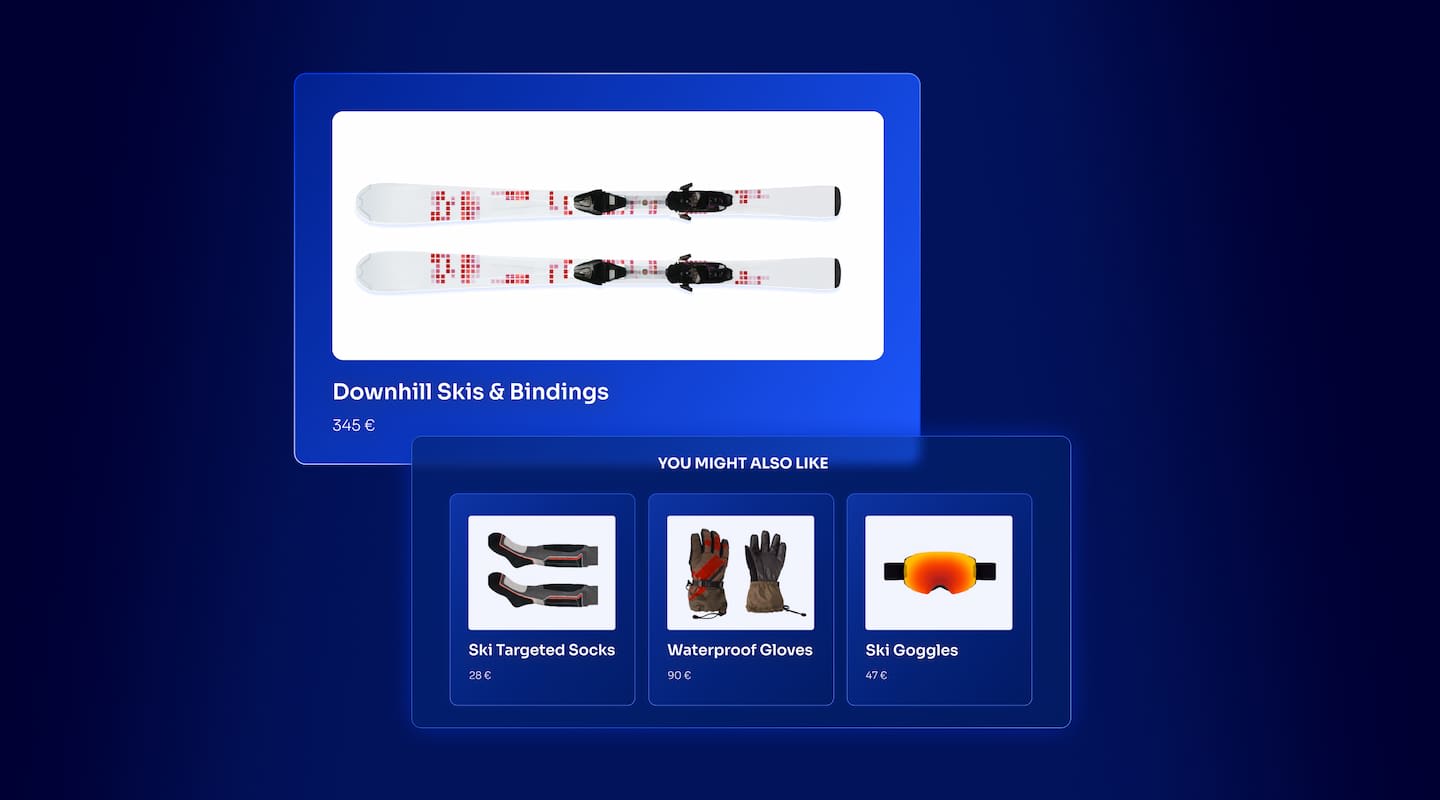
The inviting ecommerce website template that balances bright colors with plenty of white space. The stylized fonts for the headers ...
Search and Discovery writer
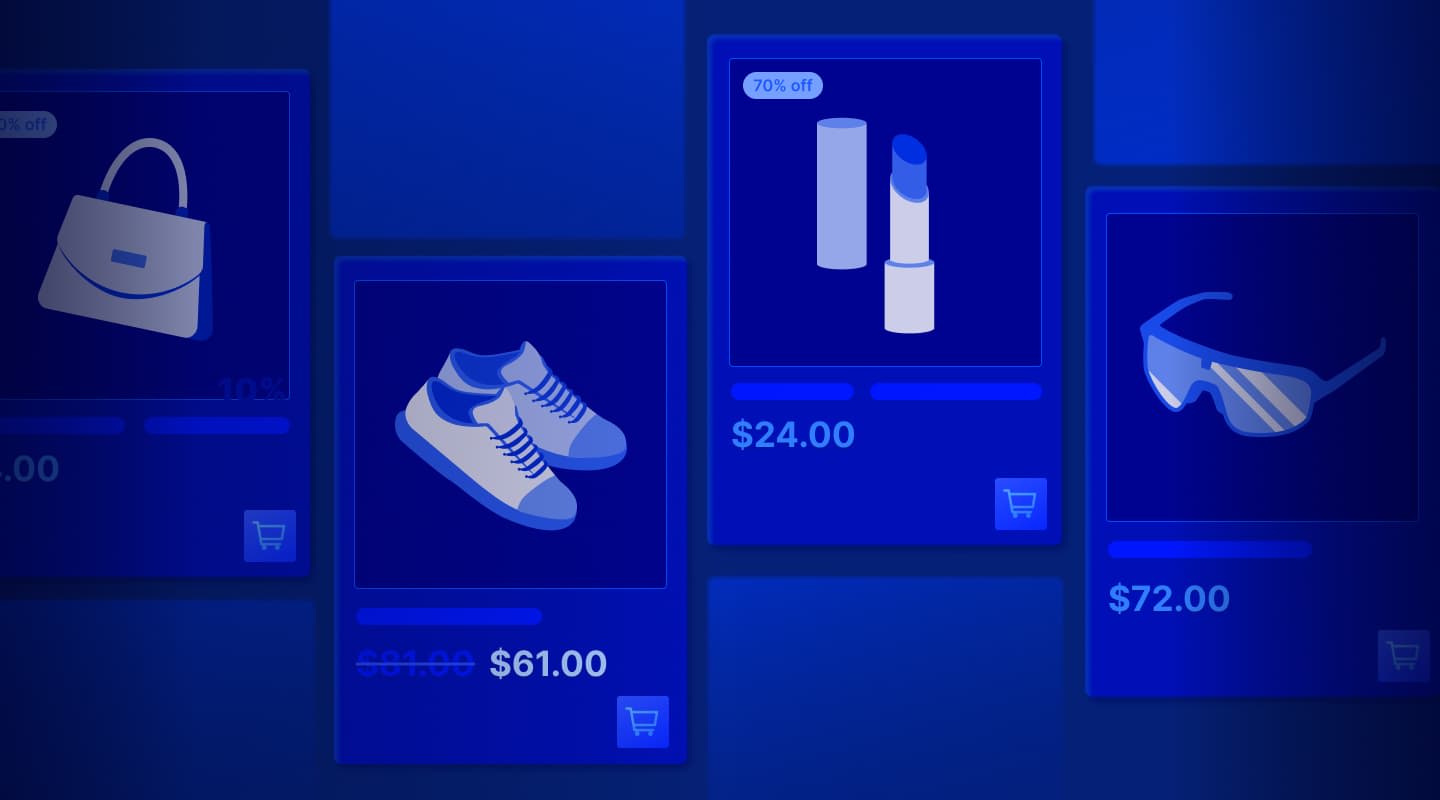
Imagine an online shopping experience designed to reflect your unique consumer needs and preferences — a digital world shaped completely around ...
Senior Digital Marketing Manager, SEO
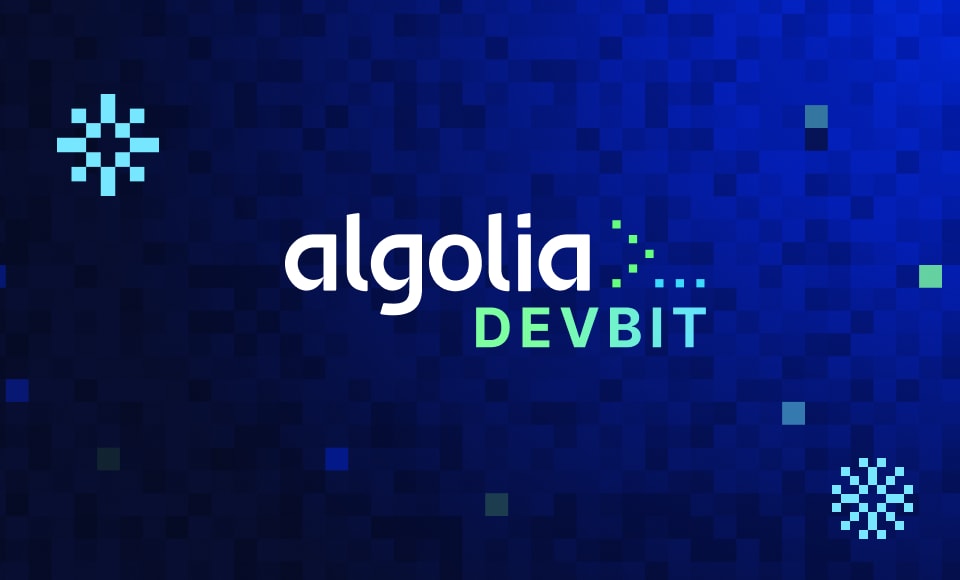
Winter is here for those in the northern hemisphere, with thoughts drifting toward cozy blankets and mulled wine. But before ...
Sr. Developer Relations Engineer
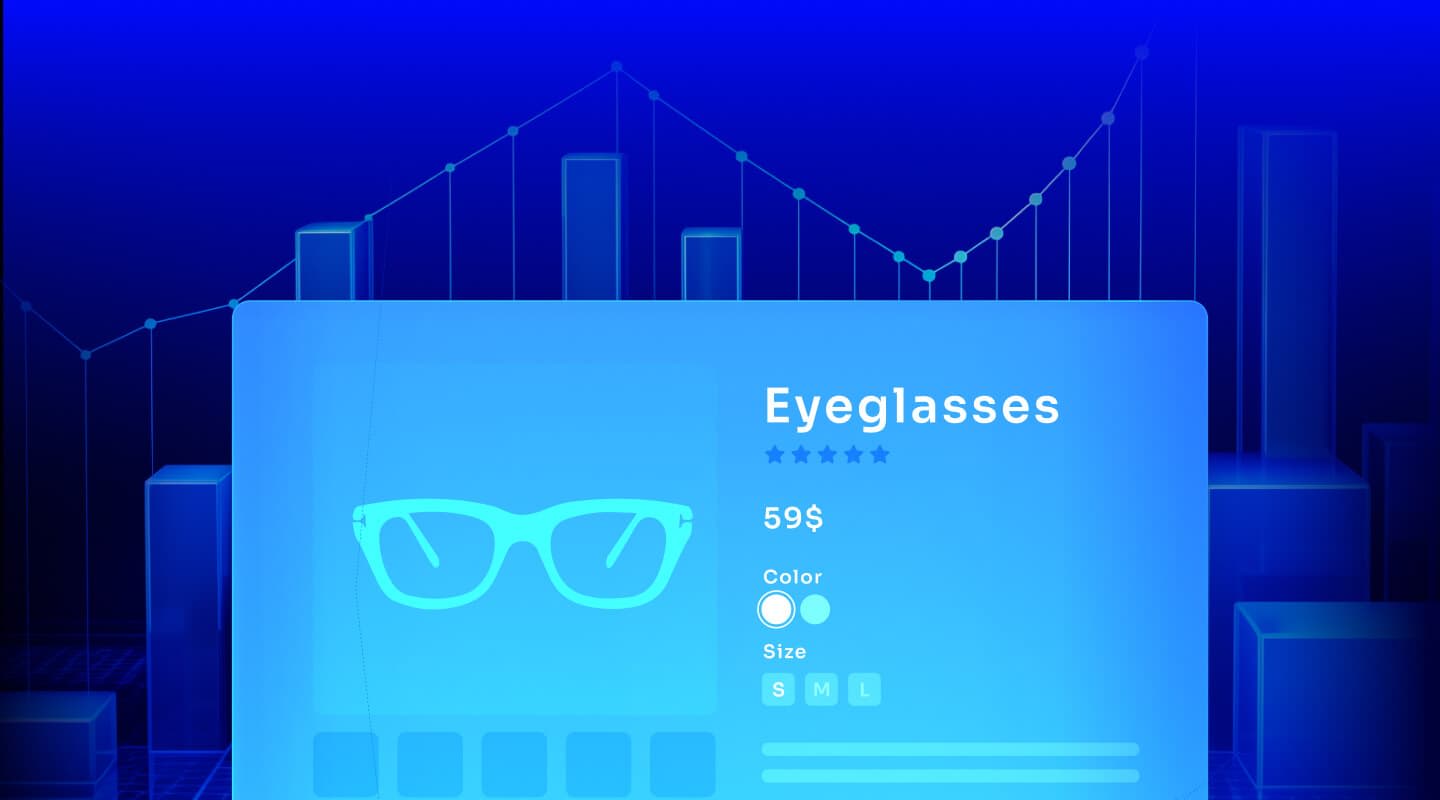
What if there were a way to persuade shoppers who find your ecommerce site, ultimately making it to a product ...
Senior Digital Marketing Manager, SEO

This year a bunch of our engineers from our Sydney office attended GopherCon AU at University of Technology, Sydney, in ...
David Howden &
James Kozianski

Second only to personalization, conversational commerce has been a hot topic of conversation (pun intended) amongst retailers for the better ...
Principal, Klein4Retail
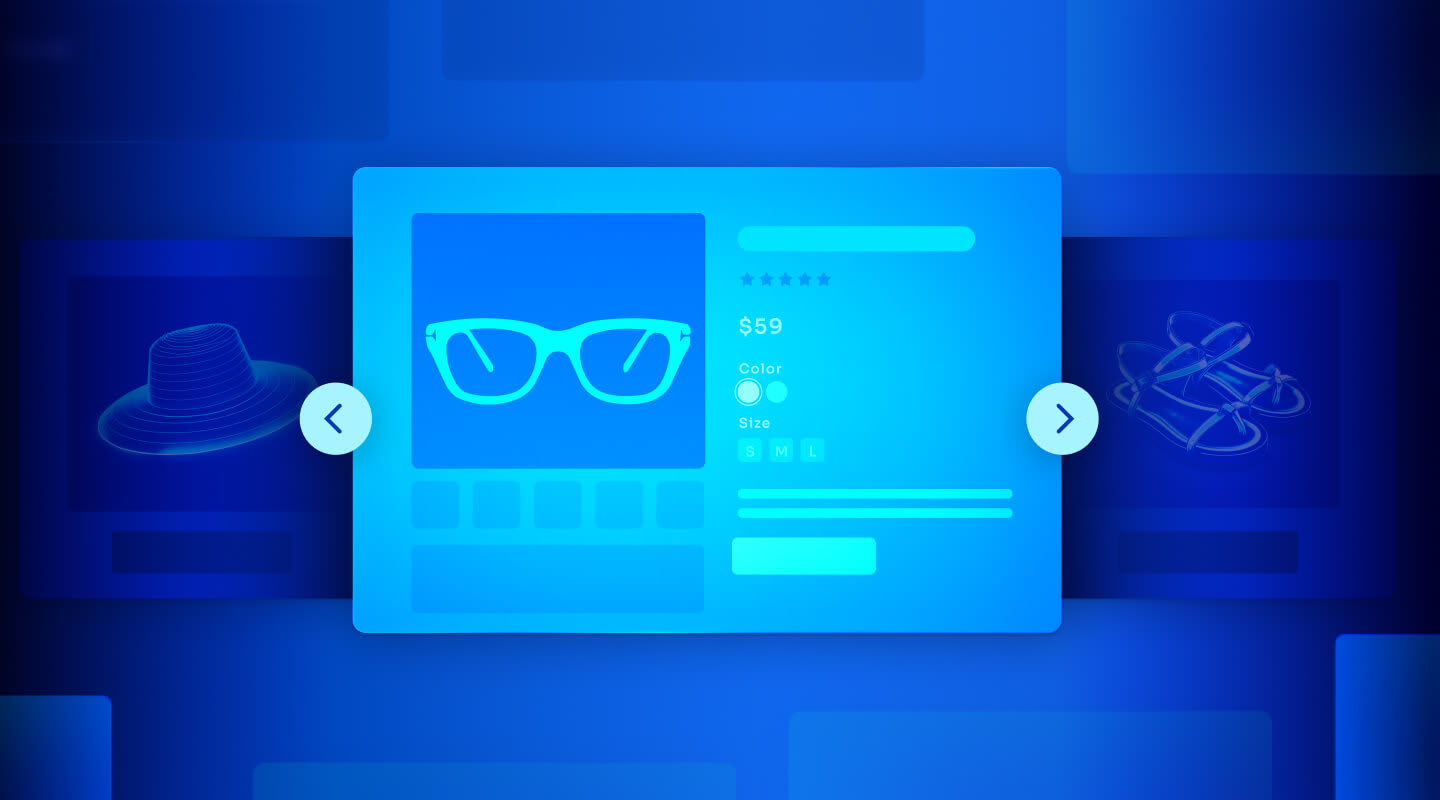
Algolia’s Recommend complements site search and discovery. As customers browse or search your site, dynamic recommendations encourage customers to ...
Frontend Engineer
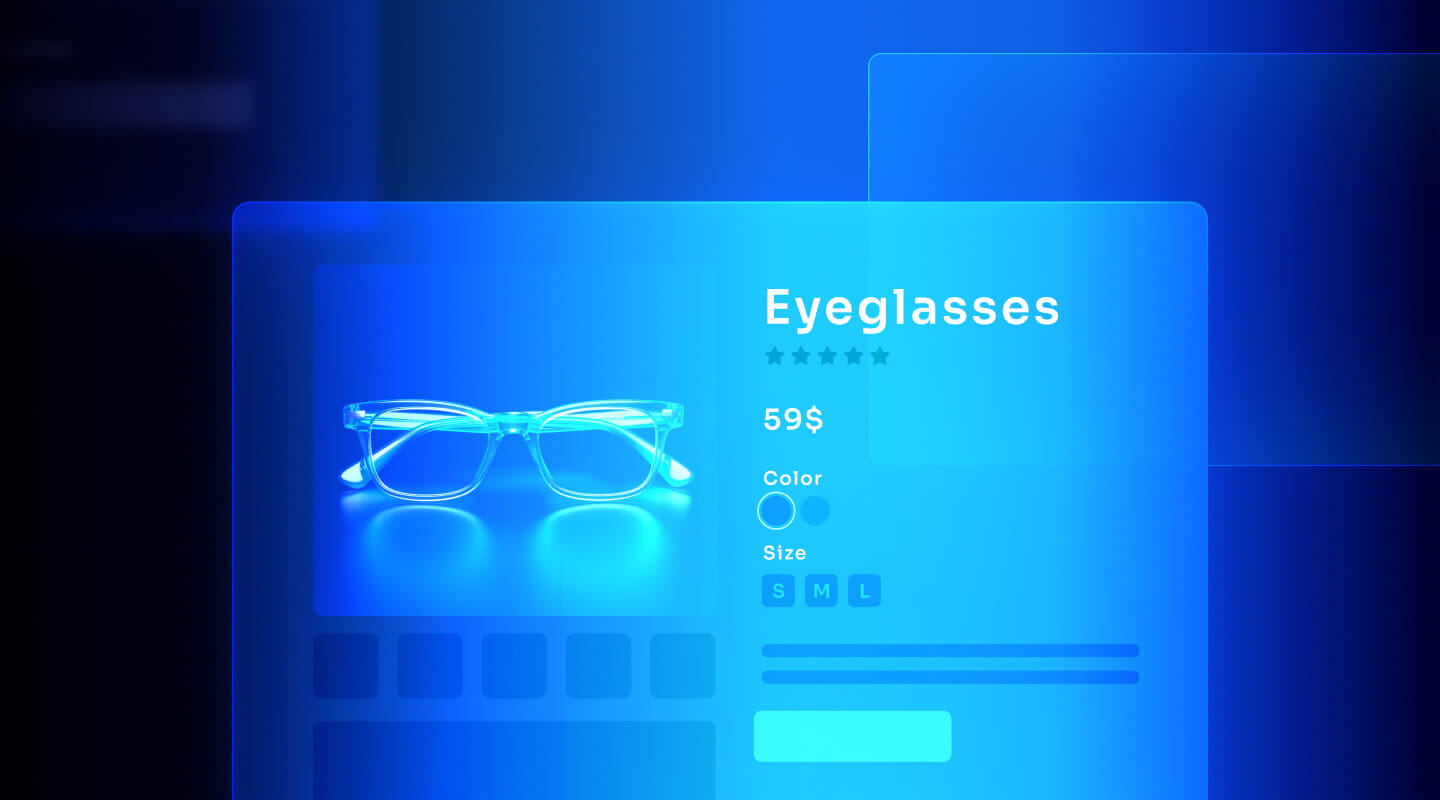
Winter is coming, along with a bunch of houseguests. You want to replace your battered old sofa — after all, the ...
Search and Discovery writer
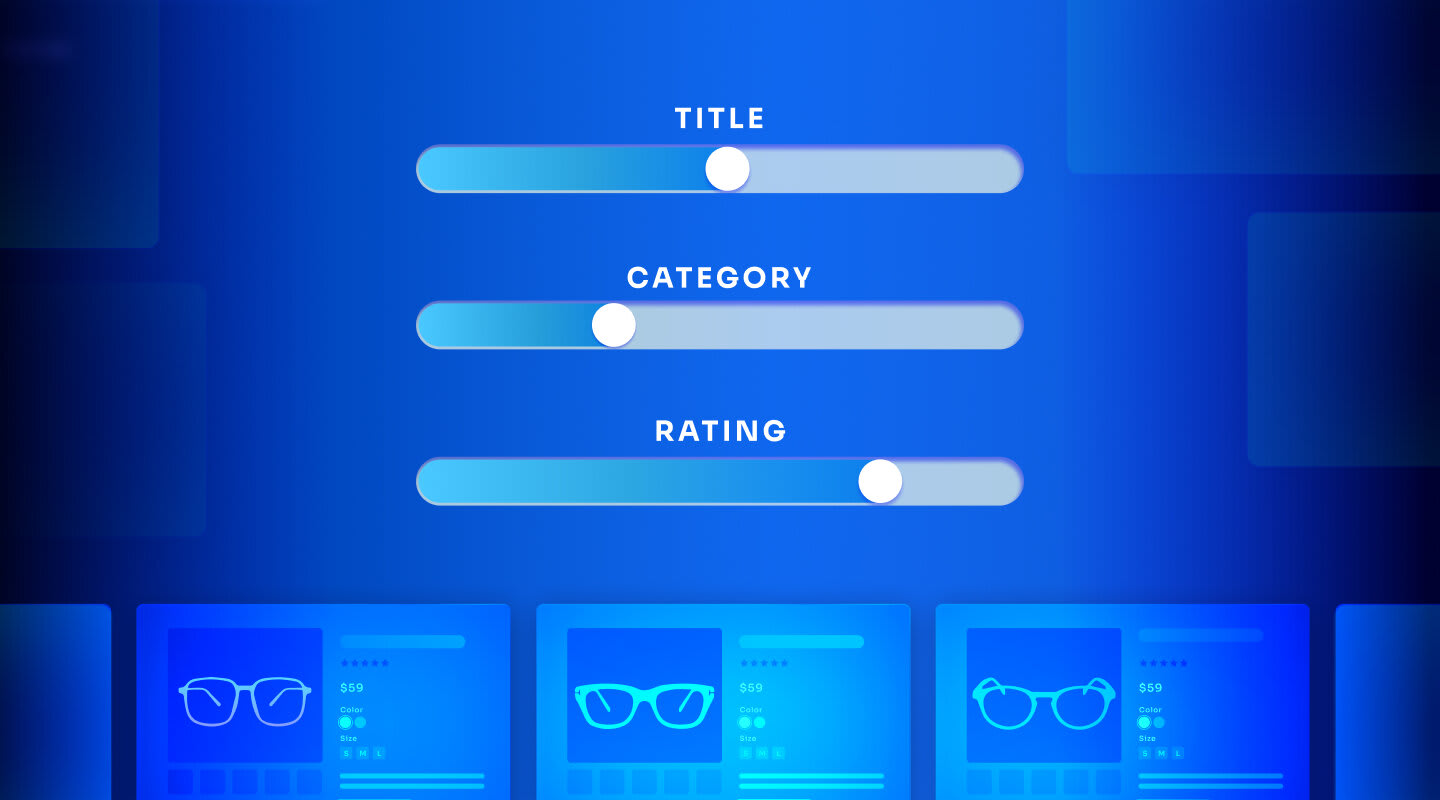
Search is a very complex problem Search is a complex problem that is hard to customize to a particular use ...
Co-founder & former CTO at Algolia

2%. That’s the average conversion rate for an online store. Unless you’re performing at Amazon’s promoted products ...
Senior Digital Marketing Manager, SEO

What’s a vector database? And how different is it than a regular-old traditional relational database? If you’re ...
Search and Discovery writer

How do you measure the success of a new feature? How do you test the impact? There are different ways ...
Senior Software Engineer

Algolia's advanced search capabilities pair seamlessly with iOS or Android Apps when using FlutterFlow. App development and search design ...
Sr. Developer Relations Engineer

In the midst of the Black Friday shopping frenzy, Algolia soared to new heights, setting new records and delivering an ...
Chief Executive Officer and Board Member at Algolia

When was your last online shopping trip, and how did it go? For consumers, it’s becoming arguably tougher to ...
Senior Digital Marketing Manager, SEO

Have you put your blood, sweat, and tears into perfecting your online store, only to see your conversion rates stuck ...
Senior Digital Marketing Manager, SEO
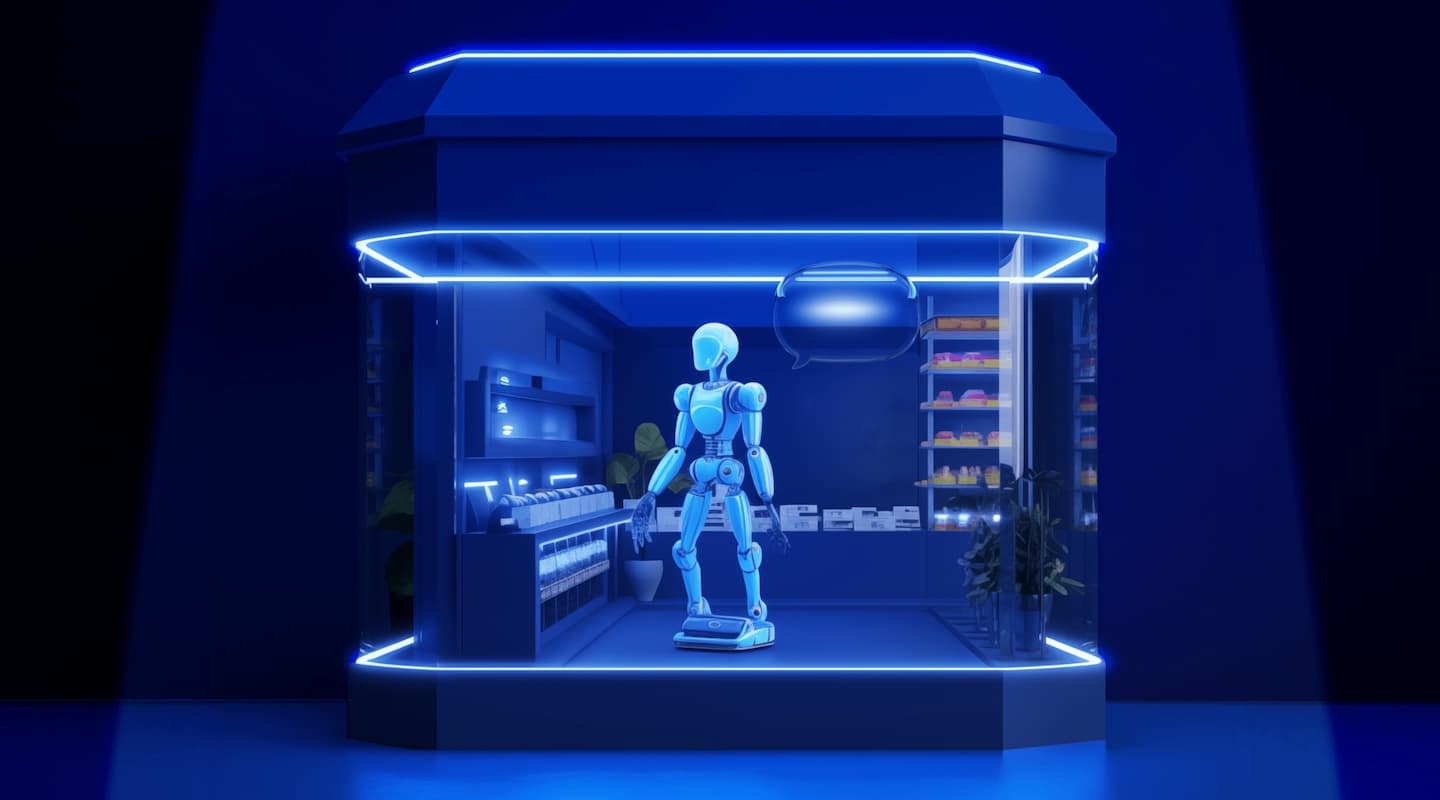
“Hello, how can I help you today?” This has to be the most tired, but nevertheless tried-and-true ...
Search and Discovery writer
The inviting ecommerce website template that balances bright colors with plenty of white space.
The stylized fonts for the headers and the right typography for the product descriptions.
The unique marketing-campaign color palette for your online store.
Your captivating, magnifiable product photos that show off your items from all angles.
And of course, the perfect placement of your calls to action (CTA buttons) on your product pages.
These are the basics of good web design, right?
Admittedly, web UX design, while technically encompassing a site’s aesthetics and functionality in their entirety, is largely about how your website looks. You don’t have to be an Amazon exec to know that the first impression your ecommerce-store shoppers have of your site is a big deal. When people click from a social-media feed or follow an email link to your well-designed landing page or product listing page or product detail page, or they can’t resist going to your home page and just aimlessly surfing around, this often occurs as a result of the experience being a feast for the eyes.
Visual design elements can indeed be impressive the first time someone encounters an ecommerce website.
Surprisingly, however, striking as visual features may be, they could also be off the mark in terms of their ability to motivate potential customers to complete their purchases.
Way off, in fact, in terms of responsive design principles, as confirmed by various case studies.
For example, if an eye-popping photo is simply a lifestyle stock shot, it’s not likely to have the impact that a photo of an actual customer using the product — and looking very satisfied with themself — could have.
Color on a website is another thing that can go off the rails. Conversion-oriented color schemes, such as those used for important buttons, must be right. Your site-design colors must be expertly applied, coordinated, and tested. Simply placing a fire-engine-red BUY NOW button on all your product detail pages isn’t going to reduce your high bounce rates.
There’s also such a thing as too much of a good thing, promotions and busy-looking graphics included.
So when it comes to the design of your website, there are some definite dos and don’ts. Most important is to make sure your design doesn’t get carried away with itself and instead stays focused around the whole point of good ecommerce design: conversion.
Yes, design is about making your site look gorgeous, but it’s really about increasing your website’s conversion rate: fine-tuning so people are interested in your products and want to learn more, want to then buy them, want to later buy more of them, and look forward to flocking back to visit you for more shopping on a regular basis. So in that respect, your important elements of design encompass all digital marketing approaches — whether they’re related to artistic touches, copywriting, peripheral content, usability, or getting enough positive customer reviews and five-star ratings.
There’s an entire subfield in ecommerce called conversion rate optimization (CRO), which encompasses strategies far beyond design. Its domain includes gathering social proof in the form of “Love, love, love this!”–style customer testimonials, intuitive navigation, ensuring fast page-load time, offering semantic search, harnessing the power of AI for smart upselling, and much more.
In short, with CRO, you must run everything through a design process and review phase focused on whether it’s going to be your best functionality, that is, something that lets people make positive buying decisions and convert in the ways you want.
But for now, since it’s easy to be overwhelmed by the larger CRO thing, let’s skip the content strategy tips. Let’s ignore the virtues of AI-generated copywriting, and the inevitable problems of trying to apply the website upgrades you’ve just made to your mobile app.
Let’s look just at the eyeball-pleasing stuff and reflect on what makes for a high-converting website for your target audience when it comes to the visual realm.
A nice-looking site tells the world your large enterprise, small business, or startup is a bona fide winner. But if you’re going to build (or enhance) a website with the right visuals, why not do it with the right underlying goal as your guidance — with conversion as your sole focus — rather than with just the aim of looking awesome for the oohs and aahs of it?
Speaking of focus, in the ecommerce web design process, successful web designers swear by having a single focus.
In many cases, that arena would be coaxing shoppers to put items in their shopping carts or buying them, but it could technically be any desired action taken for your business, such as getting prospects to click a pop-up ad on a particular web page, joining a mailing list that could ultimately lead to revenue generation, or answering a little survey or filling out a quick contact form that could supply you with valuable targeting information.
What’s your focus for your site? Do you know what you want your site visitors to do most?
When you can identify that main objective, you’re ready to think about your design and how you can use it to get people to do that coveted thing that will make both your shoppers and you supremely happy.
Successful web retailers know that when you’re trying to convert visitors, there are some proven ecommerce website design examples — known ways to get shoppers to respond in the affirmative. These strategies incorporate psychological data, such as people’s innate responses to colors. Red means stop, green means go; people like looking at certain shapes, various words have different connotations, having to spend too much time on an online activity often results in frustration and site abandonment.
Many businesses fail to realize that they’re losing business from their poor site design. For instance, business owners may love to pack every square inch of space with promotions.
But with effective visual design, less is often more. One key strategy is eliminating visual distractions, such as blinky animations, menus, and links to social-media channels that could easily and often take your prospective buyers away from what you’re trying to point them toward: your call to action. So rather than piling on the intriguing visuals, success could come down to going more minimalist.
In the savvy application of psychological principles you’re also still going to have to A/B test, and then test again, to find out the most appealing version in terms of what makes your users act. The good news is that this process typically yields definitive realizations that clearly inform what you need to do next. So you don’t have to guess what would work and then simply cross your fingers and hope for the best. And after designing in this more “scientific” way for a while, you’ll find that you’ve acquired a set of solid designer skills that you can rely on to move your conversion needle up.
Did you know that by 2025, according to WARC, 75% of Internet users will be mobile only? And more than 10 percent of US retail sales will be generated through mobile commerce (Statista)? These forecasts, plus the fact that designing a shopping experience for mobile and desktop must address divergently different needs, means it makes the most sense to first perfect your design for mobile devices, then turn your attention to desktop refinements. Compare that with the classic way of designing the desktop experience and then trying to condense it to work on small phones. You don’t want that headache.
For mobile site visual design, experts recommend doing things like:
If these tips are a help, here’s some in-depth guidance on designing mobile features to enhance your CRO.
When you’ve got your new or improved mobile design beautifully wrapped up, you’re ready to tackle your desktop version, which is typically associated with higher conversion for an ecommerce business. That’s because potential customers may start off glued to their smartphones, searching for an item around town or in an app, checking pricing here and there. But then they may inevitably go home, check the return policy just in case they change their mind, pick a payment method, and buy the item from the comfortable setting of their sofa.
What’s on your homepage? Did you know you can jazz it up with something attention-grabbing like an interesting photo of one of your happy customers?
Here’s a marketing-strategy fact that many online business managers don’t know: it’s not product shots that are necessarily the best for converting, it’s people shots. Not stock-photo images of “beautiful people”; high-quality images of real people.
Why is that? Research shows that people like seeing real humans associated with a product; these folks conceivably look like us, as subjects, they can be more memorable, and since they’re actual people, our seeing them can boost our empathy.
One example: Neil Patel’s KISSmetrics found that an online art store, Medalia.net improved user engagement significantly by replacing product images of available art on its home page with photos of the artists who did the work.
So while arranging and paying for photo shoots of real customers using and enjoying the benefits of your products may seem like a production pain point and an extra expense, it might turn out to be well worth the trouble when you discover your newly gained reputation for interactive ecommerce web design that everyone wants to enjoy.
Want more insightful site design tips?
Let’s talk about your search functionality.
As you know, thanks to SEO — search engine optimization — your shoppers who know what they want are likely to find it through search — that is, if your search is keeping up with the latest state-of-the-art features.
And those folks who know what they need are potentially a lot of shoppers. At Algolia, we’ve found that 60% of online purchases illustrate clear search intent. According to Forrester, 43% of visitors to retail websites go directly to the search bar; they’re looking for something specific and they know that typing their query is going to be faster than sifting and clicking their way through a smorgasbord of menu options.
That means, in terms of a user experience that can boost conversions on an ecommerce platform, you want your search bar to be easy to spot, look inviting and easy to engage with, and function as expertly as possible in terms of usability. And do all of this fast, with close-to-real-time results. If your searchers can do something as user friendly as easily enter what they want — such as a product name or model number, or even paste in an image or speak their search terms aloud — that’s half the battle when it comes to increasing conversion.
The other half? Make sure that the way your website visitors’ search results appear is designed well and optimized to help them get quickly to the item they’re after, grab it and put it in their shopping cart, and breeze through the checkout process.
Who doesn’t love a user-friendly ecommerce website that has beautiful, inviting design? Yes, some shoppers may not even notice that benefit as they rush over to the search bar. But for others, who may be in the mood to enjoy “just browsing”, checking out what’s new or looks cool or is trending, it pays to get the design of your visual elements just right.
It may seem counterintuitive, but [browsing people] are using your site as entertainment and inspiration,” says Nielsen Norman. “There’s a great opportunity to turn these browsers into buyers. If they have a consistently good experience on your site finding items they like and seeing the latest products, they’ll be more likely to think of your site — or your store — when they are ready to buy.”
Do your product category pages look modern and sleek for the browser crowd? What about your other content, from the lower-level headings to any editorial that supports your products? In terms of conversion-focused web design, from your branded storefront (homepage) down to your various call-to-action buttons, all of it should have a consistent, browsing-person-friendly look and feel.
Like other digital-marketing components of ecommerce, search design has recently been overhauled thanks to advances in AI, and the improvements in terms of the quality of the user experience and the impact on user behavior are nothing short of awe inspiring.
Algolia helps organizations provide customers with fast, relevant, personalized search results, improving their conversion rates and creating stronger revenue streams from their online shopping enterprises.
How much stronger? Forrester calculated 382% (that’s not a typo) as the average ROI. Yes, great ecommerce website search has been proven to help drive conversion rates into sky-high new territory.
How does your conversion rate compare to the average? Estimate how much your business stands to gain with our profit simulator.
Ready to take the next step in ecommerce site design? Check out our AI hybrid search that helps online retailers turn missed opportunities into better user journeys. Contact us or request a demo today.
Powered by Algolia Recommend